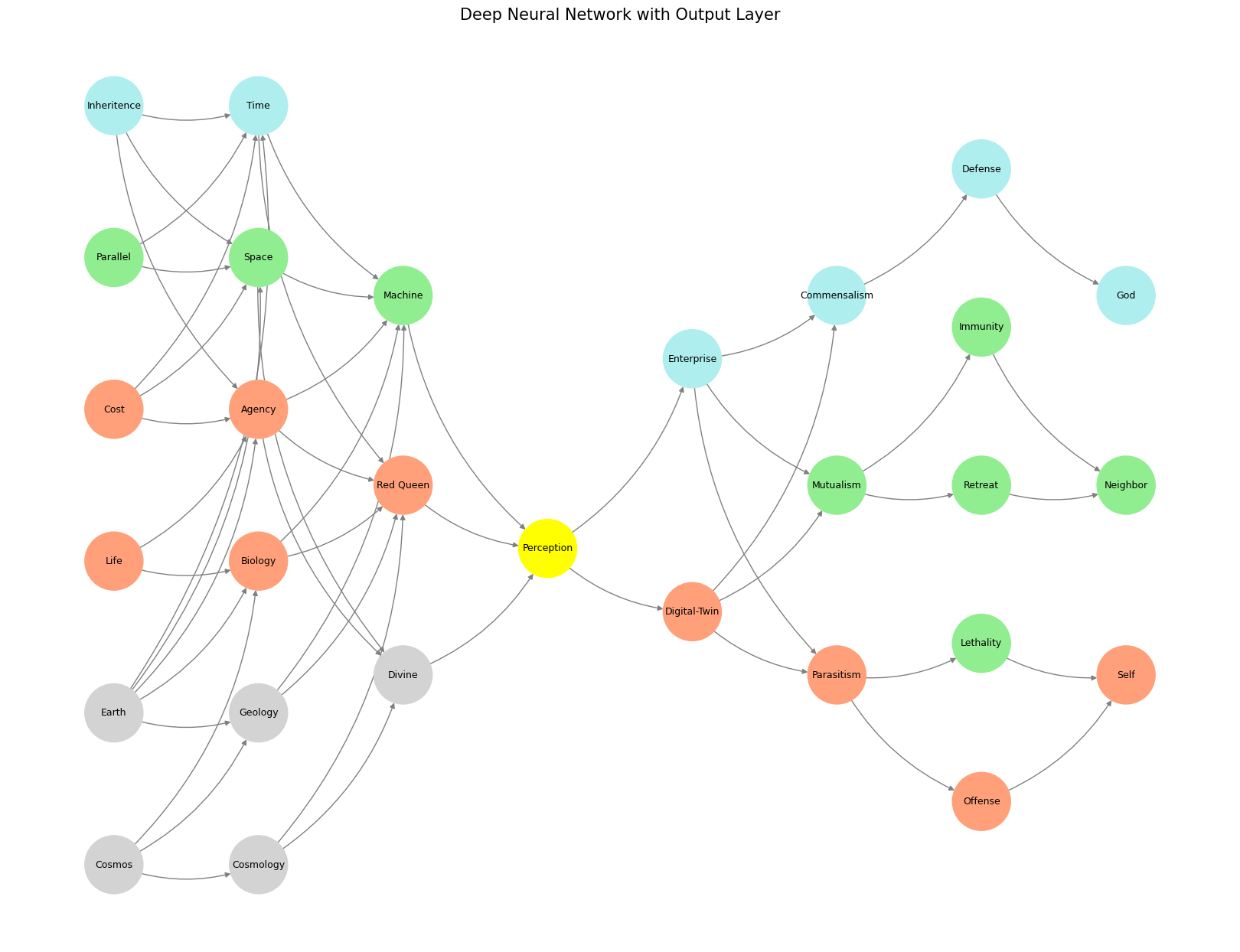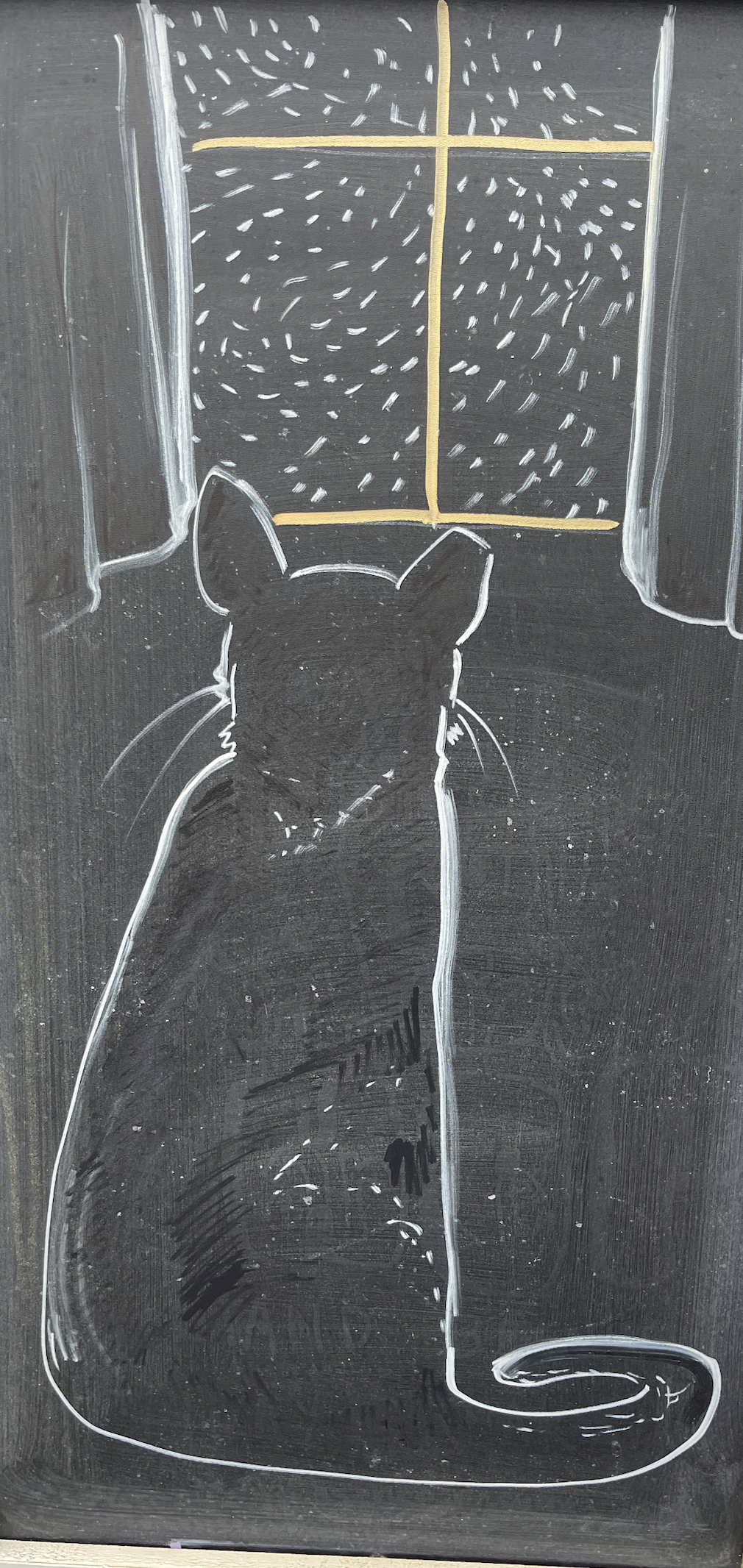Failure#
The five game types—coin toss, dice, roulette; poker; horse racing; social games; and optimized ends—mirror distinct layers of our world and human experience, aligning with cosmological, biological, and social complexities. These games, varying from immutable chance to nuanced human dynamics, encapsulate our struggle to understand, navigate, and thrive within systems of varying complexity and determinism.
See also
Immutable Chance: Coin Toss, Dice, and Roulette#
These games symbolize cosmology and geology—the universe’s indifference to human agency. The laws of probability that govern these systems are unyielding; no skill, knowledge, or effort can alter their outcomes. They serve as stark reminders of the impersonal forces that shape our existence. Just as gravity governs planetary motion, immutable chance governs these games. This layer reflects the boundary of human capacity—a humbling reminder that certain outcomes remain forever beyond our control. We may yearn to compress odds, but these games reinforce our finite reach within an infinite cosmos.
Inanimate Adversaries: Poker#
Poker transitions us into a realm where the inanimate becomes adversarial, a space populated by cards yet charged with human intent. Here, psychological acuity and strategic adaptability introduce the possibility of learning, albeit within bounded limits. Poker is a game of partial information, where players must navigate the interplay of chance and human behavior. This mirrors life’s social dynamics: the importance of reading intentions, masking emotions, and balancing intuition with logic. Yet the randomness of the deck ensures that complete mastery remains unattainable, grounding poker in a precarious dance between control and chaos. It echoes the duality of human life—shaped by rational agency but persistently buffeted by the unpredictable.
Biological Complexity: Horse Racing#
Horse racing shifts the adversarial dynamic to the intersection of human and animal systems. This layer captures the biological realities of life: the reliance on and partnership with other living beings. Unlike games governed by static odds, horse racing introduces a variable with potentially unlimited entrants—new competitors can be bred into existence. The constant infusion of variability ensures that odds remain dynamic, resisting significant collapse. Breeding, training, and environmental conditions continuously reshape the competitive landscape, ensuring that no single system of expertise can definitively predict outcomes. Horse racing, therefore, mirrors the organic, evolving nature of biological systems, where change is not only possible but inevitable.
Optimized Ends: Feelings, Values, and Spirituality#
Finally, the pursuit of optimized ends—rooted in feelings, values, and spirituality—represents the apex of human endeavor. These are games played with the self, neighbors, and the divine. Unlike the static or adversarial systems of earlier layers, these games are internal, subjective, and deeply reflective. They demand a reweighting of priorities, a harmonization of instincts and values, and a recognition of life’s interconnectedness. This layer transcends immediate outcomes, aiming for enduring fulfillment and alignment with higher-order principles. It mirrors humanity’s quest for meaning amidst chaos, a pursuit that elevates the individual from the animal to the aspirational.
Conclusion: Adversarial Systems as Life’s Framework#
These five game types collectively offer a lens through which to view the layers of existence, from the impersonal forces of the cosmos to the intimate pursuit of meaning. They reveal the spectrum of adversarial systems, where the ability to compress odds shifts from impossibility to necessity, reflecting humanity’s journey from passive acceptance to active engagement.
Horse racing, with its open-ended entry and biological fluidity, resists the compression of odds, mirroring the constant evolution and unpredictability of life itself. In contrast, social games—characterized by gatekeeping and cartelization—illustrate humanity’s inclination to consolidate control, leading to collapsed odds and structured competition. Together, these systems reflect the interplay between freedom and constraint, chaos and control, reminding us of our dual existence: part of an ever-changing natural order yet compelled to create order within it.
Show code cell source
import numpy as np
import matplotlib.pyplot as plt
import networkx as nx
# Define the neural network structure
def define_layers():
return {
'World': ['Cosmos', 'Earth', 'Life', 'Cost', 'Parallel', 'Inheritence'],
'Framework': ['Cosmology', 'Geology', 'Biology', 'Agency', 'Space', 'Time'],
'Meta': ['Divine', 'Red Queen', 'Machine'],
'Perception': ['Perception'],
'Agency': ['Digital-Twin', 'Enterprise'],
'Generativity': ['Parasitism', 'Mutualism', 'Commensalism'],
'Physicality': ['Offense', 'Lethality', 'Retreat', 'Immunity', 'Defense'],
'Output': ['Self', 'Neighbor', 'God'] # Added output layer
}
# Assign colors to nodes
def assign_colors():
color_map = {
'yellow': ['Perception'],
'paleturquoise': ['Inheritence', 'Time', 'Enterprise', 'Commensalism', 'Defense', 'God'],
'lightgreen': ['Parallel', 'Machine', 'Mutualism', 'Immunity', 'Retreat', 'Lethality', 'Space', 'Neighbor'],
'lightsalmon': [
'Cost', 'Life', 'Digital-Twin',
'Parasitism', 'Offense', 'Agency', 'Biology', 'Red Queen', 'Self'
],
}
return {node: color for color, nodes in color_map.items() for node in nodes}
# Define allowed connections between layers
def define_connections():
return {
'World': {
'Cosmos': ['Cosmology', 'Geology', 'Biology'],
'Earth': ['Geology', 'Biology', 'Agency', 'Space', 'Time'],
'Life': ['Biology', 'Agency'],
'Cost': ['Agency', 'Inheritence', 'Space', 'Time'],
'Parallel': ['Space', 'Inheritence', 'Time'],
'Inheritence': ['Time', 'Machine', 'Space', 'Agency']
},
'Framework': {
'Cosmology': ['Divine', 'Red Queen'],
'Geology': ['Red Queen', 'Machine'],
'Biology': ['Machine', 'Agency', 'Red Queen'],
'Agency': ['Divine', 'Red Queen', 'Machine'],
'Space': ['Divine', 'Machine'],
'Time': ['Machine', 'Red Queen']
},
'Meta': {
'Divine': ['Perception'],
'Red Queen': ['Perception'],
'Machine': ['Perception']
},
'Perception': {
'Perception': ['Digital-Twin', 'Enterprise']
},
'Agency': {
'Digital-Twin': ['Parasitism', 'Mutualism', 'Commensalism'],
'Enterprise': ['Parasitism', 'Mutualism', 'Commensalism']
},
'Generativity': {
'Parasitism': ['Offense', 'Lethality'],
'Mutualism': ['Retreat', 'Immunity'],
'Commensalism': ['Defense']
},
'Physicality': {
'Offense': ['Self'],
'Lethality': ['Self'],
'Retreat': ['Neighbor'],
'Immunity': ['Neighbor'],
'Defense': ['God']
}
}
# Calculate positions for nodes
def calculate_positions(layer, x_offset):
y_positions = np.linspace(-len(layer) / 2, len(layer) / 2, len(layer))
return [(x_offset, y) for y in y_positions]
# Create and visualize the neural network graph
def visualize_nn():
layers = define_layers()
colors = assign_colors()
connections = define_connections()
G = nx.DiGraph()
pos = {}
node_colors = []
# Add nodes and assign positions
for i, (layer_name, nodes) in enumerate(layers.items()):
positions = calculate_positions(nodes, x_offset=i * 2)
for node, position in zip(nodes, positions):
G.add_node(node, layer=layer_name)
pos[node] = position
node_colors.append(colors.get(node, 'lightgray')) # Default color fallback
# Add edges based on controlled connections
layer_names = list(layers.keys())
for i in range(len(layer_names) - 1):
source_layer, target_layer = layer_names[i], layer_names[i + 1]
if source_layer in connections:
for source, targets in connections[source_layer].items():
for target in targets:
if target in layers[target_layer]:
G.add_edge(source, target)
else: # Fully connect layers without specific connection rules
for source in layers[source_layer]:
for target in layers[target_layer]:
G.add_edge(source, target)
# Ensure node_colors matches the number of nodes in the graph
node_colors = [colors.get(node, 'lightgray') for node in G.nodes]
# Draw the graph
plt.figure(figsize=(16, 12))
nx.draw(
G, pos, with_labels=True, node_color=node_colors, edge_color='gray',
node_size=3000, font_size=9, connectionstyle="arc3,rad=0.2"
)
plt.title("Deep Neural Network with Output Layer", fontsize=15)
plt.show()
# Run the visualization
visualize_nn()


Fig. 20 He invented the acronym “SMI²LE” as a succinct summary of his pre-transhumanist agenda: SM (Space Migration) + I² (intelligence increase) + LE (Life extension). Interesting ideas since they align with the elements of machine learning: a massive combinatorial search space, clear function to optimize, a lot of data and/or simulation. Space migration literally touches on search space, although it isn’t quite a combinatorial sort. Intelligence increase arises from time-compression through parallel processing the trial-error navigation of a massive combinatorial space, while minimizing error through feedback and iteration. With time-compression wisdom emerges, which makes life extension possible.#

